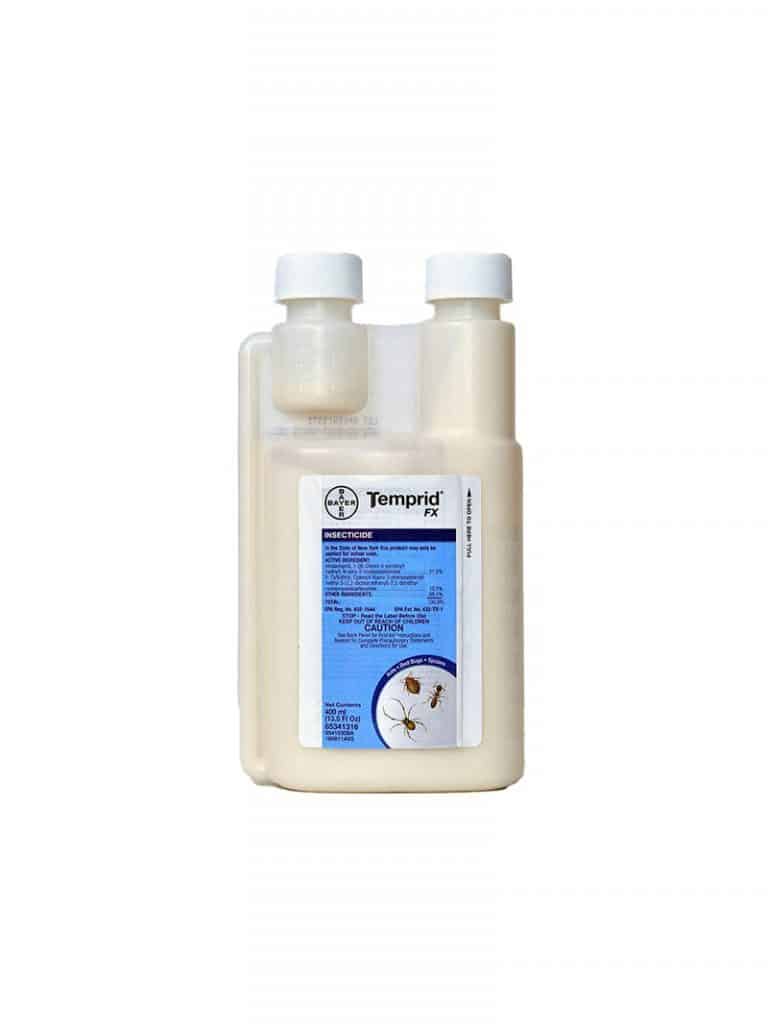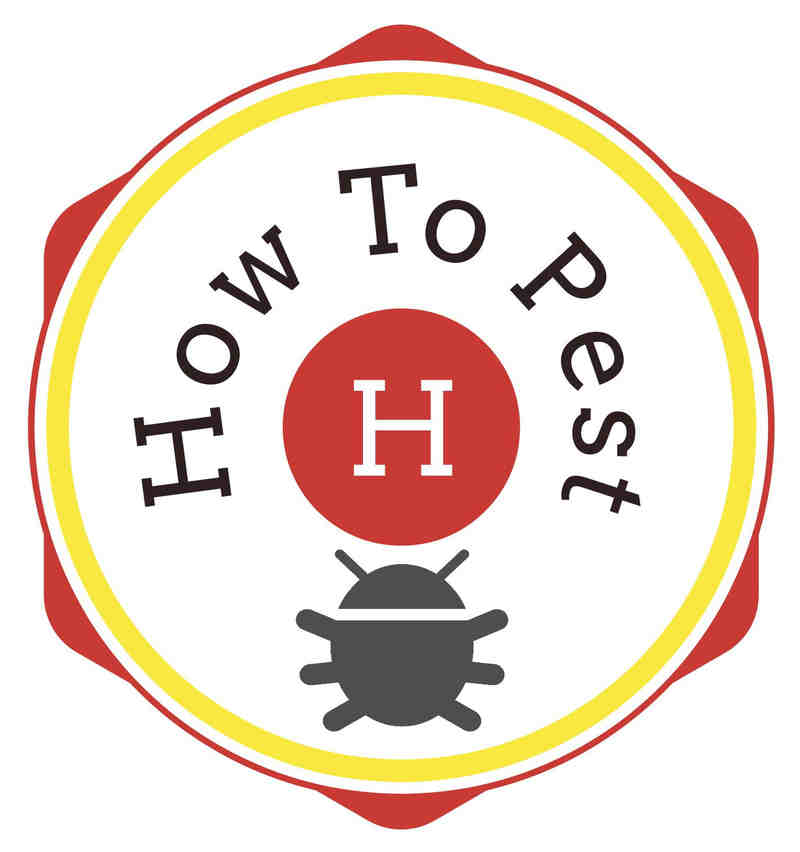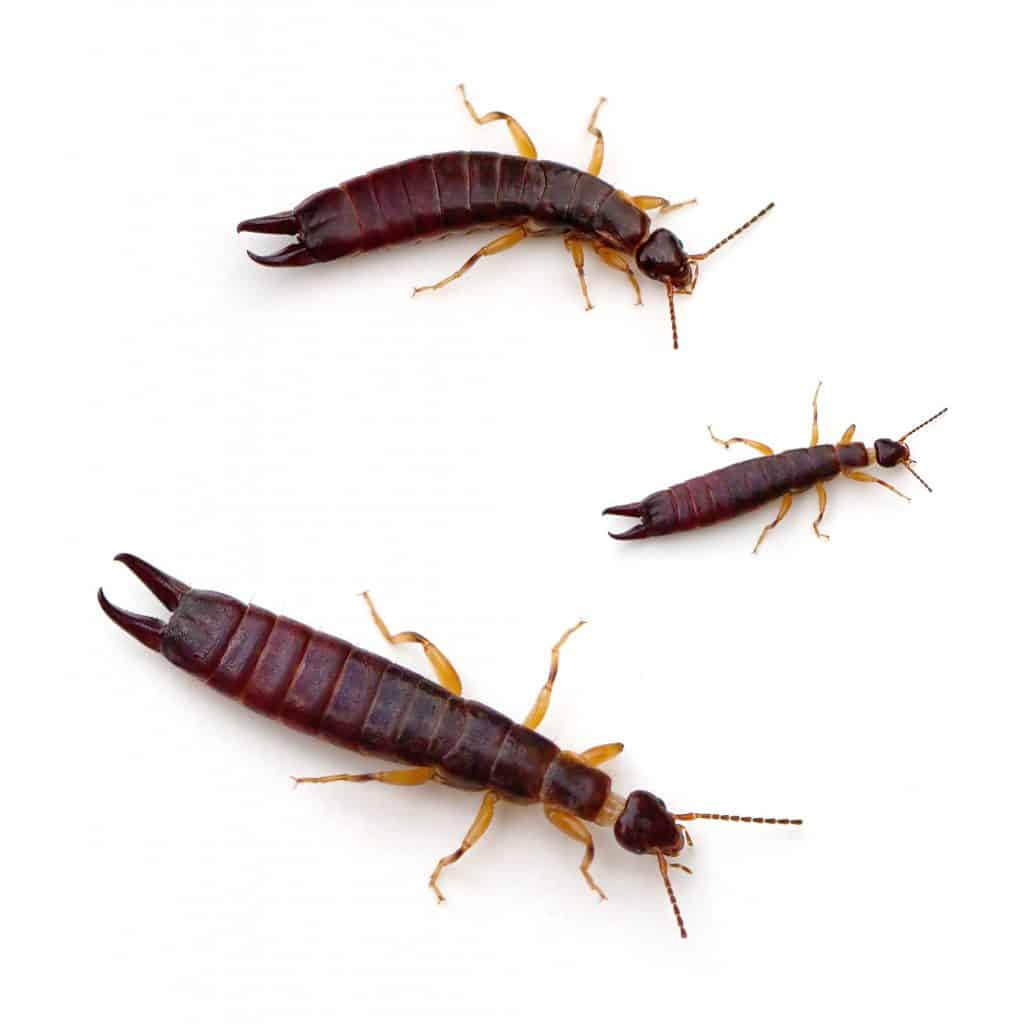I like big butts and I cannot lie…
That’s what the song says anyway, but I am pretty darn certain that this is one big butt you would not like. At all. Not even a little bit.
Earwig Identification:
This butt belongs to the pincher bug, aka the earwig. Kind of like the platypus that looks pieced together, the pincher bug also looks like the leftovers of other insects slapped together and called good. Starting at the top, pincher bugs have threadlike antennae that measure about half of their body length, which can be up to an inch. Their bodies are long, flattened, and narrow and vary in color from light brown, to reddish brown, to black. They have two pairs of wings, although not all of them fly, with their most notable feature being that bootie. Talk about junk in the trunk. Pincher bugs have actual pincers, or forceps, sticking straight out of their butts. They legit earned their street name of “Pincher Butts.”
I was not kidding when I said this was one big butt that you would not like.
Earwig Lifecycle:
Pincher Butts are all about the nice weather. After spending the cold winter underground, they want nothing more than some sunshine on their shoulders. As the ground starts to warm up during the springtime, Pincher Butt mamas get busy laying their eggs. Being the helicopter mama that she is, she stays with her eggs and young offspring until they are able to seek out their own food sources. After these babies spend the early part of spring maturing with their 30 – 50 siblings, they are more than ready for their coming of age party and surface from their underground nests in late May and early June. If you notice a heavy earwig presence in your yard, there is a good chance you have happened upon that coming of age celebration.
Pincher Butts really enjoy the great outdoors, and for the most part, will take up residence under rocks and logs, under that collection of mosaic pavers, and even under that garden gnome that you had to buy, you know the one I’m talking about. They are all about dark and damp so under that gnome is right up their alley. Because they are active at night, they spend the wee hours of the night getting their grub on and feeding on plants and other insects.
Even though they are mostly found outdoors, it is not unusual to find them inside your home. Like I said, they are all about dark and damp so if you have some dark and damp areas in your house, they’ll hone in on those areas faster than green grass through a goose. And if it starts getting cold, well, you may as well send them engraved invitations and get the guest room ready because they are coming in.
How To Get Rid of Earwigs aka Pincher Bugs:
Now given that Pincher Butts are not the kind of house guests you want, how do you get rid of them?
🌞 Get rid of the damp and dark. Reduce moisture throughout your house.
🌞 Fix water leaks inside and out.
🌞 Make sure sprinklers, gutters, and water spouts flow away from your home’s foundation.
🌞 Free the area around your home of wood piles, garden gnomes, or any debris that might serve as a Pincher Butt home.
🌞 Keep your home clean.
🌞 Lastly and most importantly, click HERE for professional grade HowToPest.com products that will eradicate any level of Pincher Butt infestations.
It’s ok to like those big butts, but if that big butt is the shape of a pincer, it is probably best to get rid of it and all of it’s pincher-butted friends as soon as possible.








If you are bit does it result in an infection.
Do they crawl into. the orifices of the body I.e, ear canal , etc
Are they poisonous
No, earwigs are not poisonous. Earwigs can bite when they are threatened, but this is very unusual.